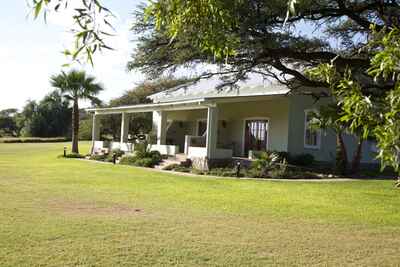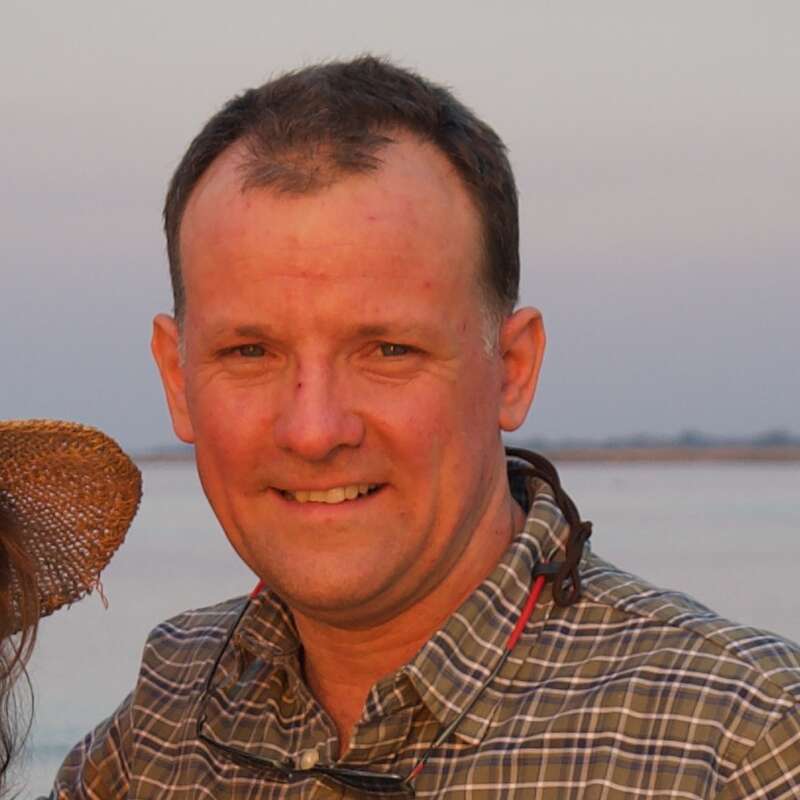About Ghaub Guest Farm
Situated in the heart of the Otavi Mountains, the 11,800 hectare Ghaub Guest Farm was a mission station from ...
... 1895 to 1968. It was then renovated and turned into a guest farm which opened in 1999. The ten spacious rooms and main buildings have retained much of their historical character. The farm changed hands in 2007, but the new owners have kept the style of the rooms and buildings the same, simply sprucing them up with a lick of paint and a few new pieces of furniture.
Ghaub Guest farm is a delightful spot with fresh home cooking. It is conveniently situated between Otavi and Tsumeb, and makes a good stopover if you are on your way from somewhere like Okonjima to Etosha.
Accommodation
10 en-suite bedrooms
Children
Fine for all ages
Open
All year
Activities

4WD Safari

Cultural excursion

Guided walking safari

Private activities

Self-guided walking
Traveller reviews of Ghaub Guest Farm
38 real, un-edited reviews from Expert Africa's travellers.
Arrived 17 Sep 2024, 1 nights
"Ghaub Guest Farm review"
Overall rating: Excellent
Arrived 22 Jun 2024, 1 nights
"Ghaub Guest Farm review"
Overall rating: Excellent
Arrived 21 Aug 2023, 2 nights
"Homely and relaxing"
Overall rating: Excellent
Arrived 9 May 2022, 2 nights
"Ghaub Guest Farm review"
Overall rating: Good
Arrived 20 Nov 2018, 2 nights
"Beautiful grounds at Gaub"
Overall rating: Excellent
Arrived 14 Oct 2018, 1 nights
"Warm feeling at Ghaub Guest Farm"
Overall rating: Good
Arrived 27 Sep 2018, 2 nights
"Ghaub Guest Farm review"
Overall rating: Good
Arrived 8 Apr 2018, 1 nights
"Beautiful location"
Overall rating: Good
Arrived 21 May 2017, 2 nights
"A truly relaxing environment."
Overall rating: Excellent
Arrived 1 Oct 2016, 1 nights
"Comfortable and enjoyable stopover"
Overall rating: Good
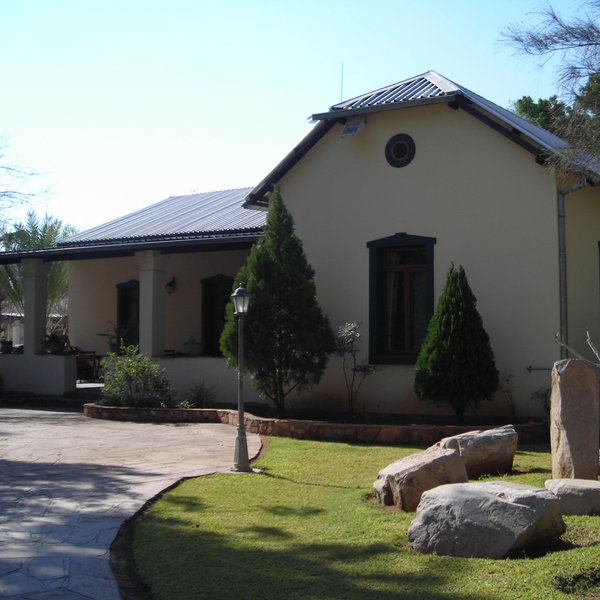
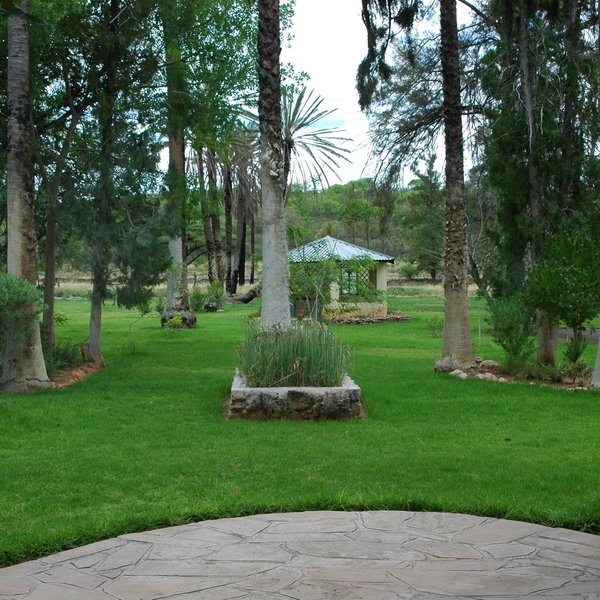
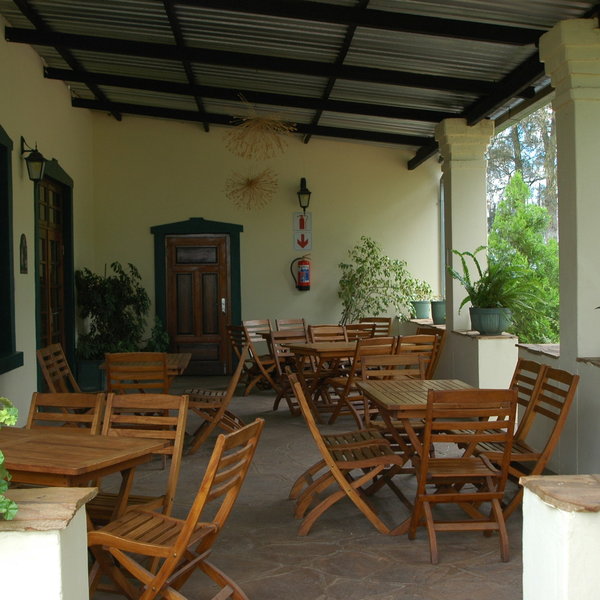
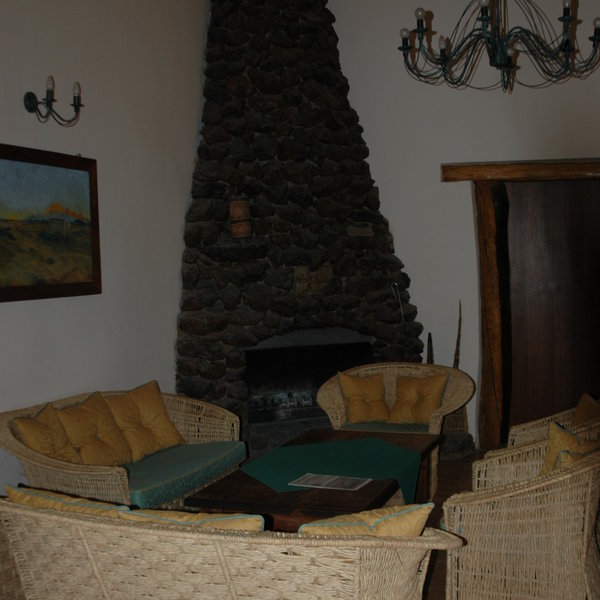
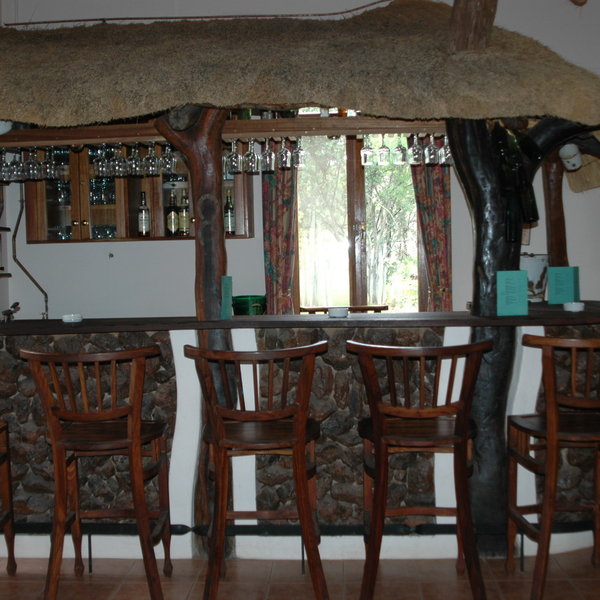
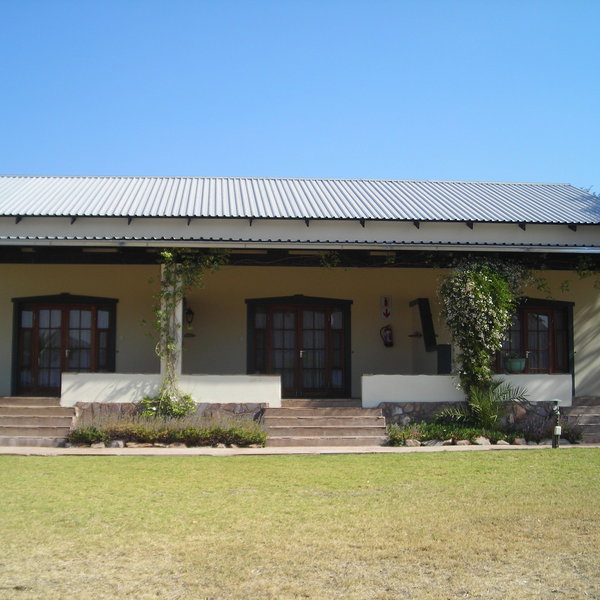
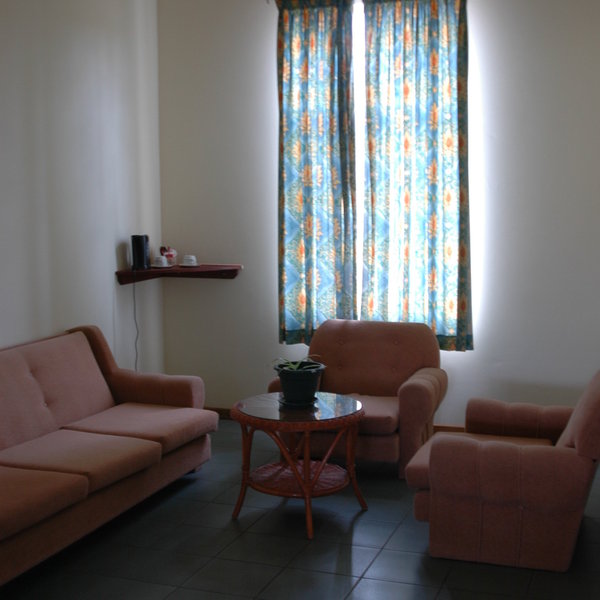
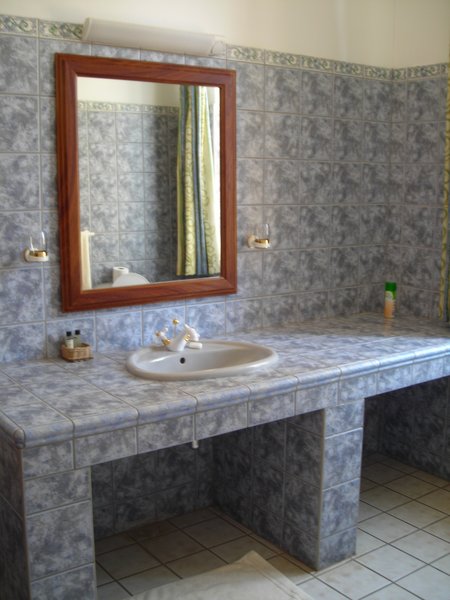
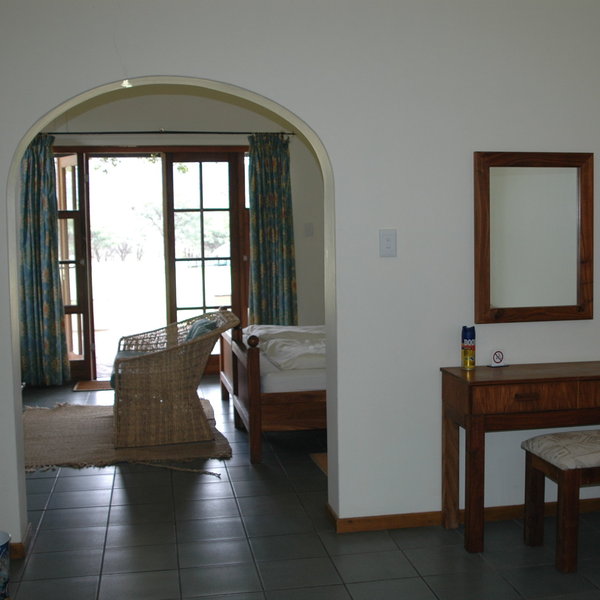
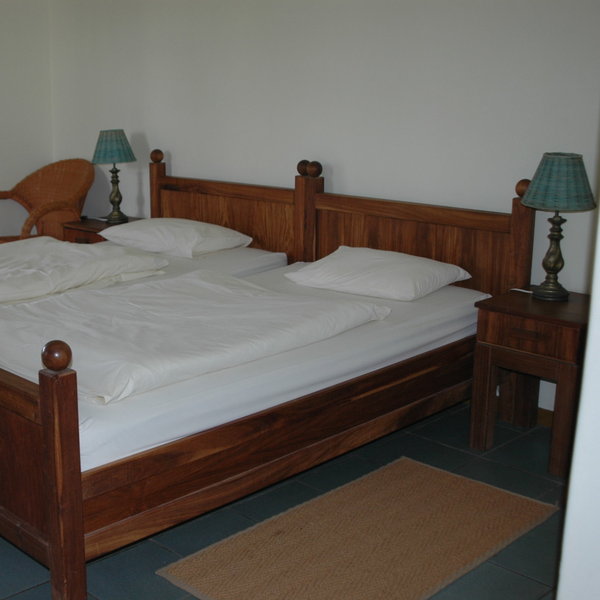
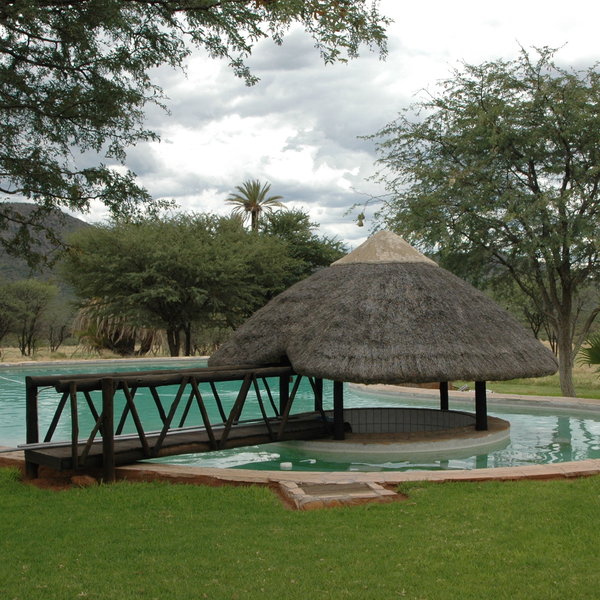
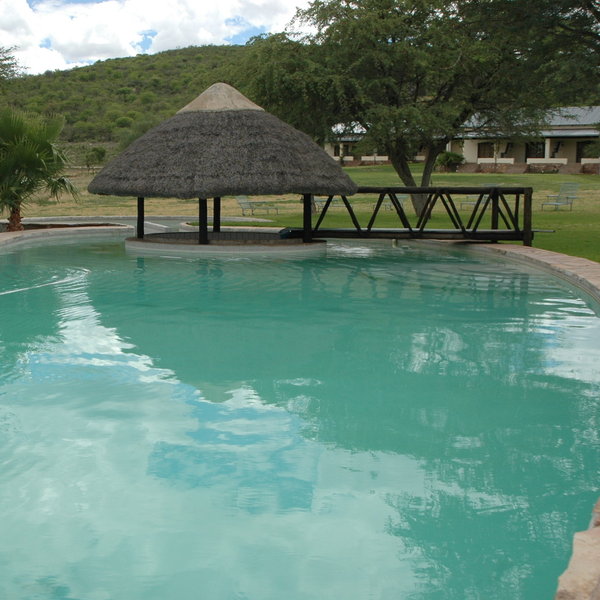
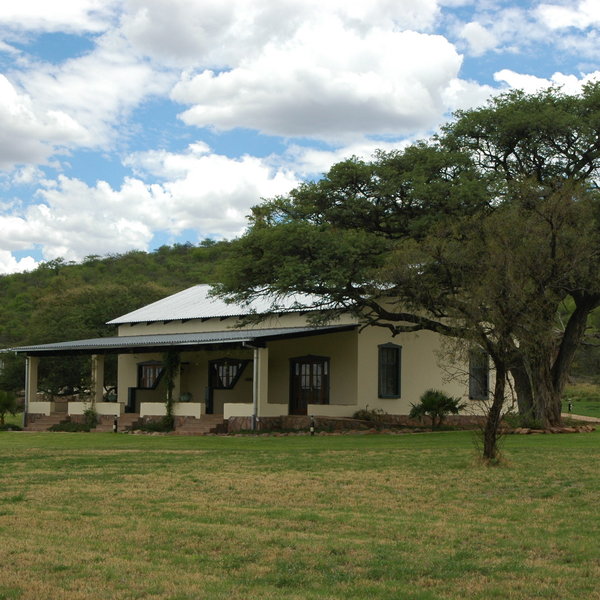
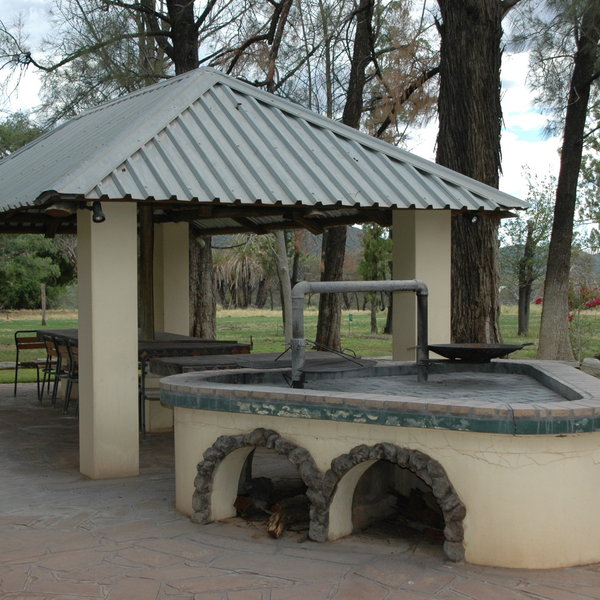
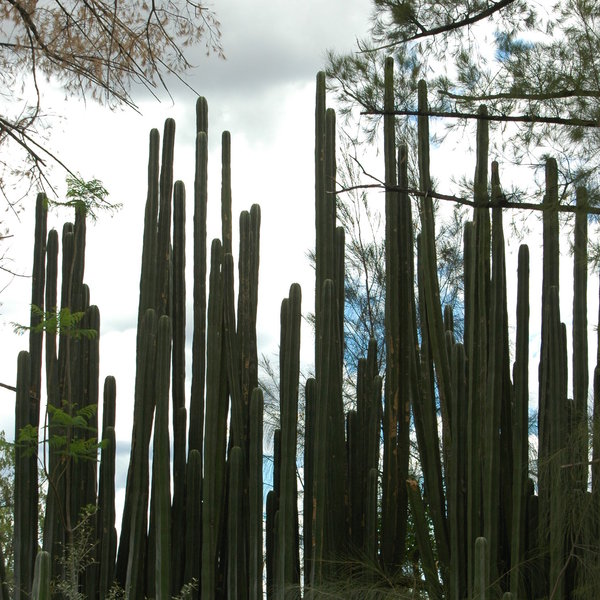
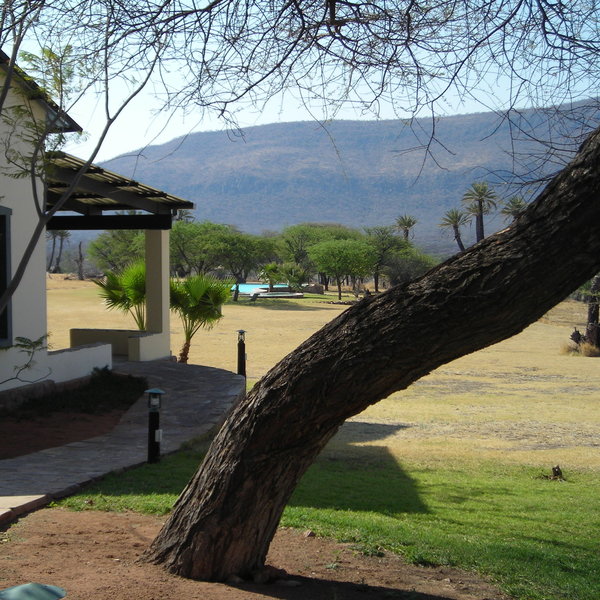
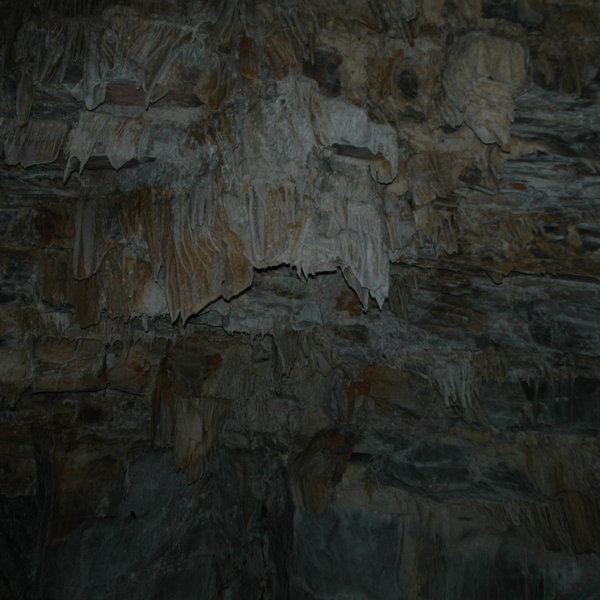
Expert Africa's gallery
When we travel we take lots of photos ourselves to give you a real and un-edited view of the trips. See our 73 pictures of Ghaub Guest Farm to get the candid view.
View galleryTrips visiting Ghaub Guest Farm
Just ideas, we'll always tailor-make a trip for you
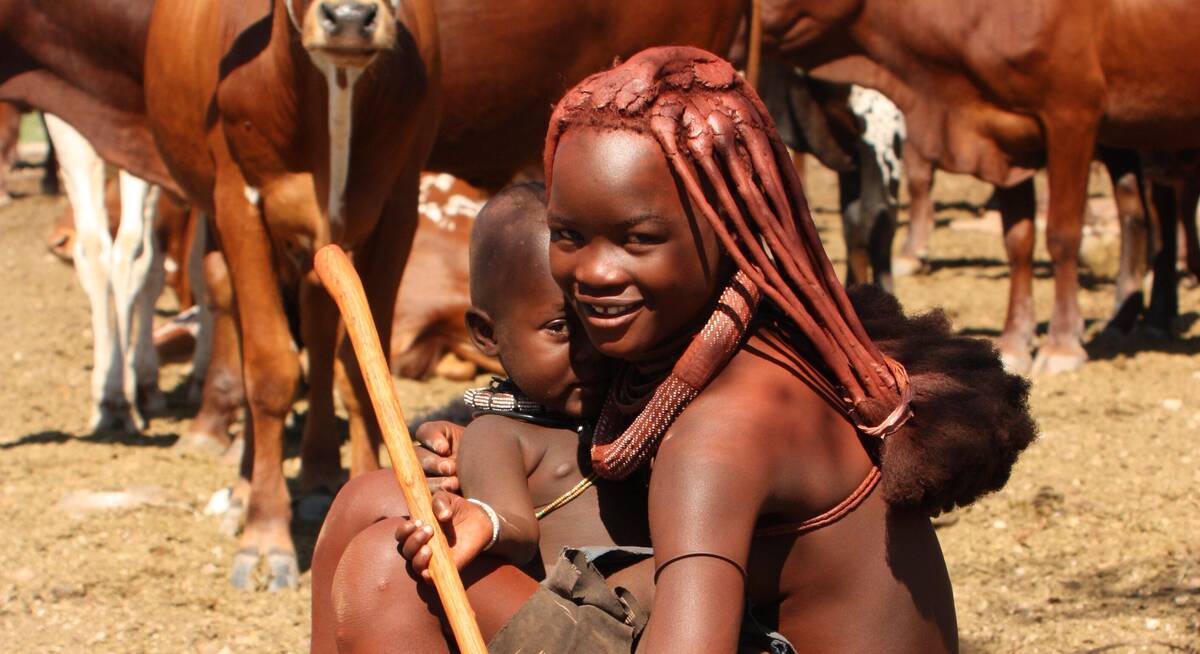
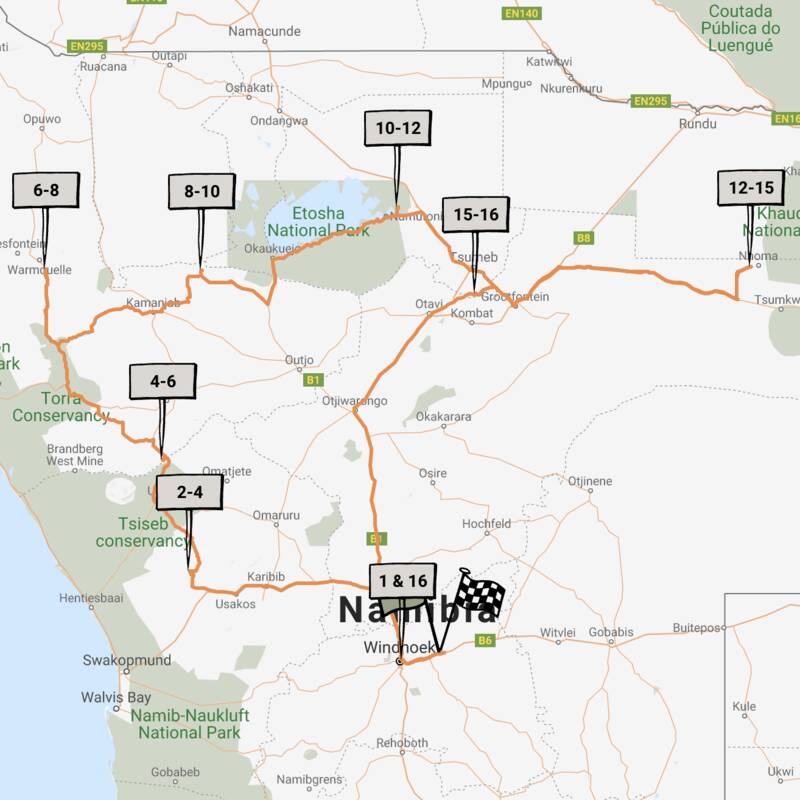
Hartebeest Self-drive Safari
16 days • 8 locations • 1 country
WINDHOEK AIRPORT TO WINDHOEK AIRPORT
This self-drive safari focuses on the best cultural experiences in Namibia. Visit a Himba village and enjoy three days living with the San Bushmen interspersed with some excellent wildlife watching.
Visiting Bushmanland, Central Highlands and 3 other areas
US$4,930 - US$5,020 per person
Ghaub Guest Farm: Our full report
Situated in the heart of the Otavi Mountains, the 11,800 hectare Ghaub Guest Farm was a mission station from ...
... 1895 to 1968. It was then renovated and turned into a guest farm which opened in 1999. The ten spacious rooms and main buildings have retained much of their historical character. The farm changed hands in 2007, but the new owners have kept the style of the rooms and buildings the same, simply sprucing them up with a lick of paint and a few new pieces of furniture.
The first thing that strikes you about Ghaub Guestfarm is how big the land seems around the farm. There are acres of open green grass, lots of trees, a beautifully-landscaped garden and even some maize fields. The lush greenery of the area is very unusual for Namibia, thus can seem amazing in this semi-desert country.
The central areas of the lodge are functional and homely, but quite dated. The lounge-cum-bar area is not very big – the sofas are almost on top of each other – but the room does feel very cozy. The dining area is not much bigger; expect pine chairs and square tables, set with paper tablecloths. Outside is a braai area. Again, it's functional but quite basic.
Dotted around you'll find a couple of photo albums on the coffee table, old milk jars that are now flower pots and an old 'mangle' – before the days of washing machines!
The swimming pool is big and shaded by palm and acacia trees – and from this the view of the mountain is just stunning. In the centre of the pool, accessed by a wooden bridge, is a bar, so guests can sip their drinks while in the pool. There's also a smaller children's pool on the side of the larger pool.
Further down the hill from the pool, shaded by a row of trees, is the waterhole and hide. Visitors to the hide can watch the animals coming to drink, which are most likely to be warthogs and kudus.
The bedrooms are very big and the beds are comfortable. Though the décor is very minimal, the high ceilings, large French doors and lovely “private" porch seem to make up for this – and we really enjoyed staying here. The bedding is plain and simple but clean, and an extra blanket is laid out on the bed. There is a ceiling fan, coffee/tea station, dressing table with mirror and chair, wardrobe and electric shaver point in the bathroom which is finished with marble tiles. There are plans to add airconditioning units to all rooms in the near future.
There are lots of options for activities in this area. Ghaub Guestfarm has a number of signposted walking trails, one leads through lush vegetation to a spring, where you can still find an old borehole! On the walking trails, the more prominent trees and shrubs have been tagged by a Botanist, and hikers will receive a little map with a list of the trees and shrubs, of which there are some beautiful specimens. The walks will also take you past bushman engravings, an old fountain, the mission station cemetery, and, if you've got the energy, up a hill with a lovely view over the surrounding countryside. These hikes can be done on your own, or with a guide from the guest farm.
Alternatively, explore Ghaub's area on a nature/farm drive in a 4WD in search of the farm's resident game. On our last trip, we spotted kudus, dik diks, baboons, warthogs and lots of birds. We're told that eland are also resident here – though we didn't see any! The farm also arrange for guests to participate in horse riding and mountain biking trips.
A unique activity from Ghaub is to spend an afternoon exploring the Ghaub Caves. The caves are only about 15 minutes' drive from the guestfarm, during which your guide will normally tell you some of their history of the caves. Then, with a torch provided for you by the guestfarm, you slide down into the caves. (Prepare for a lot of crawling, and to get your clothes very dirty!). Please note that climbing up and down the cave sections can be very slippery in the wet season.
It's pitch black inside the caves, which are 38m below the ground and 2.5km long, . Most sections are tall enough to stand up in; but some areas of the cave require you to squeeze a bit to get into them. Note that there are no handrails or hand-holds, and you shouldn't hold the impressive stalagmites or stalactites in case you damage them. We found that it got quite warm underground; it is very interesting, but not for the faint-hearted.
Activities
4WD Safari
Cultural excursion
Guided walking safari
Private activities
Self-guided walking
Families & children
- Attitude towards children
- Children will love this place because of its big open gardens, lots of space to run around
- Property’s age restrictions
- None
- Special activities & services
- No special activities but kids will love the openness of this farm. There is a smaller pool attached to the larger one, which is especially for children.
- Equipment
- No cots or high chairs available
- Generally recommended for children
- Yes
- Notes
- Children aged under ten are not allowed in the cave.
Food & drink
- Usual board basis
- Half Board
- Food quality
- The meal times are flexible but dinner – a home cooked set menu of three courses, is normally served from 19:00, but this depends on the time of year. Breakfast can be enjoyed anytime from 07:00 onwards. Expect a wholesome breakfast with homemade bread, cold meat, cheese, juice, tea/coffee, fruit and yogurt. Hot options are available. Lunches, such as a salad or a sandwich, or packed lunches, are available, with hot lunches on request.
- Dining style
- Individual Tables
- Dining locations
- Indoor and Outdoor Dining
- Further dining info, including room service
- No
- Drinks included
- No drinks are included
Our travellers’ wildlife sightings from Ghaub Guest Farm
Since mid-2018, many of our travellers who stayed at Ghaub Guest Farm have kindly recorded their wildlife sightings and shared them with us. The results are below. Click an animal to see more, and here to see more on our methodology.

100% success

43% success

29% success

29% success

0% success

0% success

0% success

0% success

0% success

0% success

0% success
Getting there
- Location
- Central Highlands, Namibia
- Ideal length of stay
- 2 nights but it is usually used as an overnight stop
- Directions
- Ghaub Guest Farm is located on the D3022, 37km south of Tsumeb.
- Accessible by
- Self-drive or Fly-and-Transfer
Communications
- Communications
- There is mobile reception here but there are no phones in the rooms.
- TV & radio
- There is a TV in the lounge area.
Health & safety
- Malarial protection recommended
- No
- Medical care
- The closest hospital or doctor is in Tsumeb, about 85km away.
- Dangerous animals
- Moderate Risk
- Security measures
- There is no guard on site, but there is always someone on the premises.
- Fire safety
- There are fire extinguishers outside each room.
The main building has an extinguisher on the veranda.
Useful info
- Disabled access
- On Request
- Laundry facilities
- Extra Charge – same day return
- Money
- Currency exchange is not possible
- Accepted payment on location
- They accept Visa & MasterCard only and do not charge an extra surcharge. Only local currency is accepted.
Plan and book your trip with Expert Africa
All of our trips are tailor-made, so we'll always adapt them to suit you. Talk to an Expert and let us plan and arrange your perfect trip.

Talk to an Expert
Call or email us now! We’ll match you with the Specialist in our team who is best suited to help you. Then together we can start planning your trip.

Set up your itinerary
Based on our experience and your ideas, your specialist will create a detailed, costed itinerary. We’ll refine it together, until we have a trip that you’re perfectly happy with.

Prepare for your trip
The same Specialist will make the seamless arrangements for your trip, send you detailed travel documents, and be available to answer any questions before you depart.

Travel with peace of mind
After you set off, you’ll be cared for by our partners in Africa, most of whom have worked with Expert Africa for decades. And if you ever need us urgently, we’re available 24/7.

When you return
We love to learn about your trip, and so will always be grateful if you’ve the time to give feedback to your Specialist when you return.
Ghaub Guest Farm's location
Look closer at the environment and surroundings of Ghaub Guest Farm.
Other lodges in Central Highlands
Alternative places to stay in this same area.
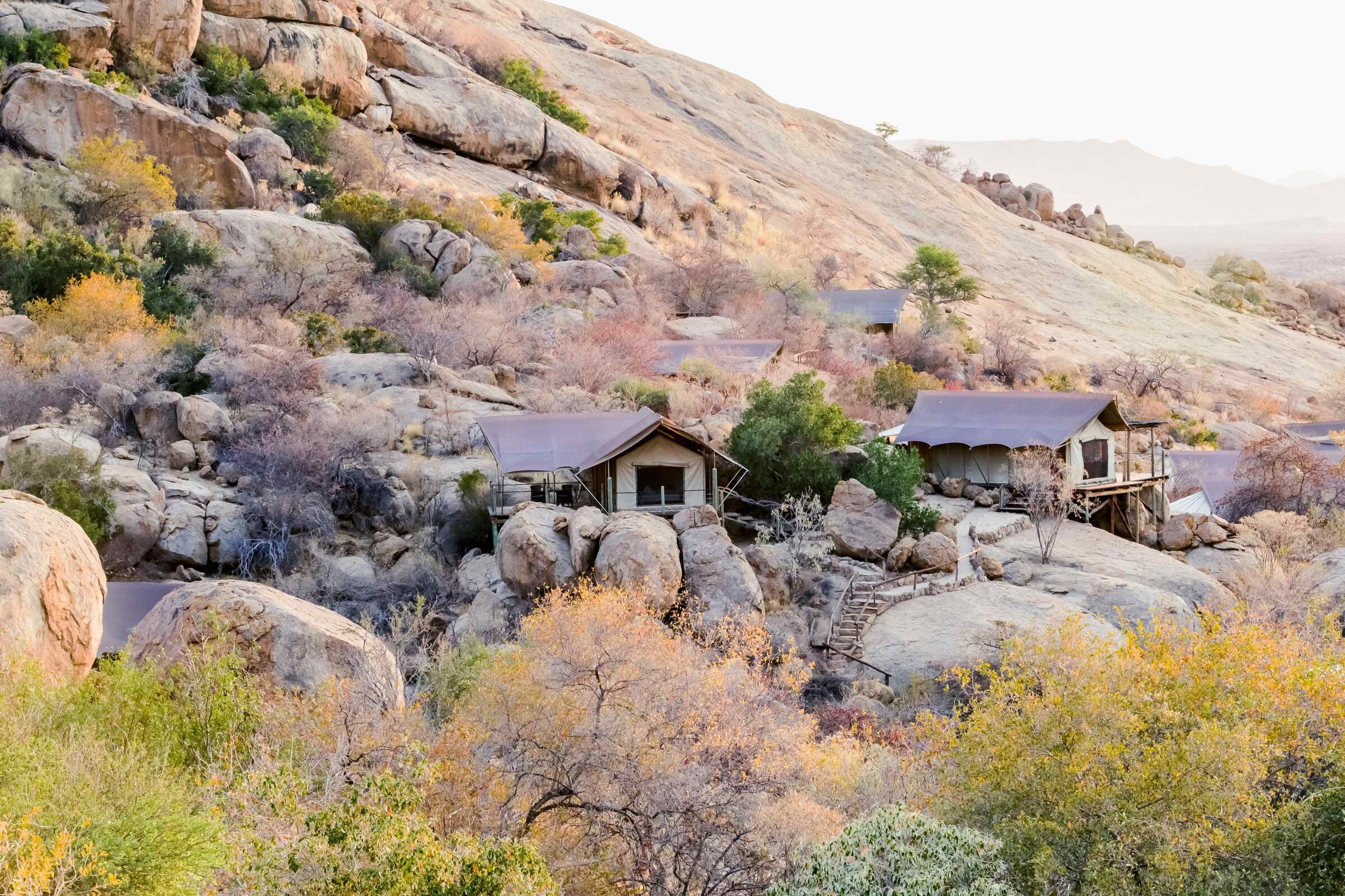
Ondudu
A long-time favorite, Ondudu Safari Lodge is now under new management, and we're eager to see how this charming, laid-back retreat continues to evolve.
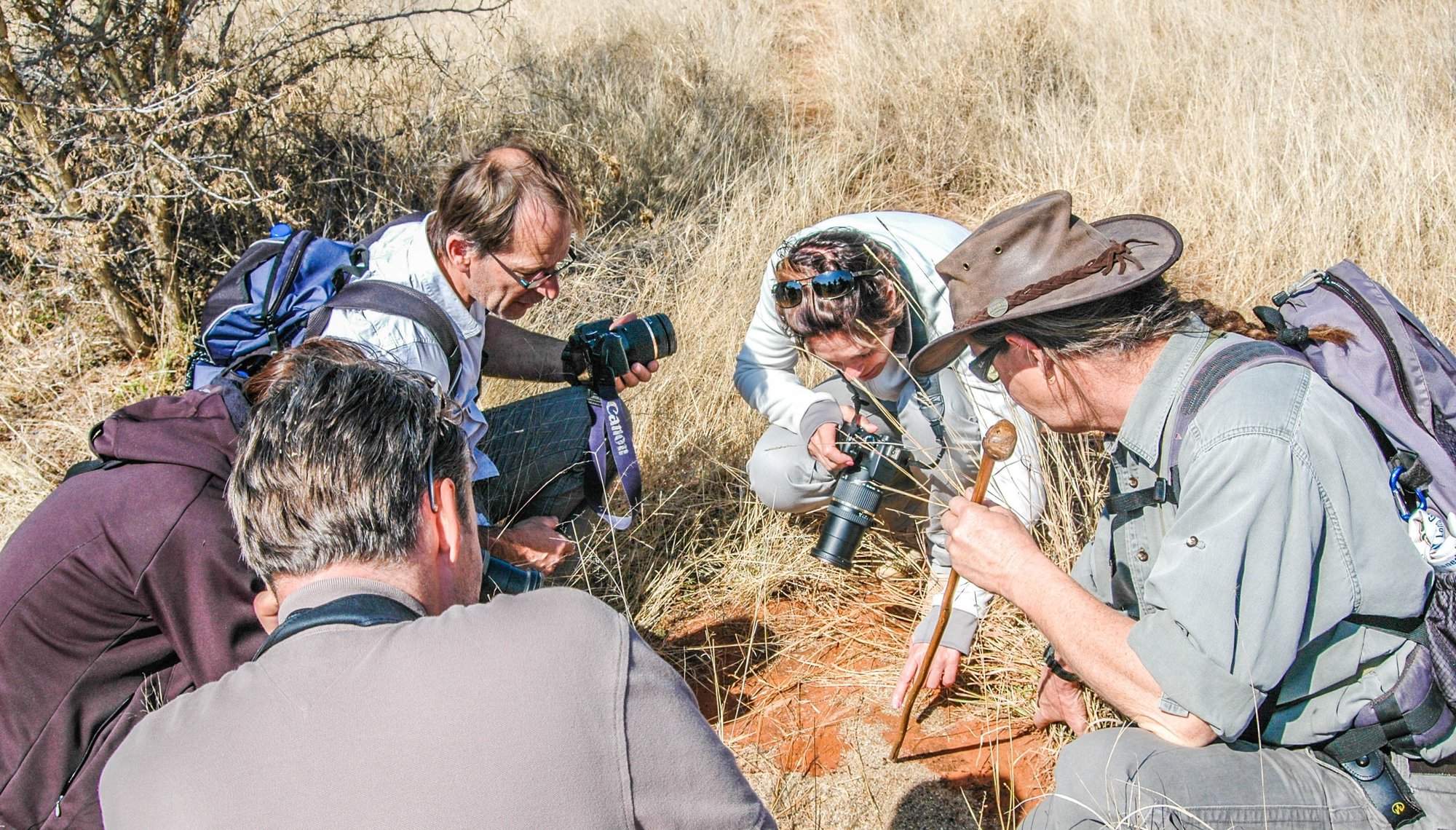
Mundulea Reserve
The rustic Mundulea Bushcamp offers superb and varied walking in the company of a top-class guide on a reserve that features many endangered or endemic species.
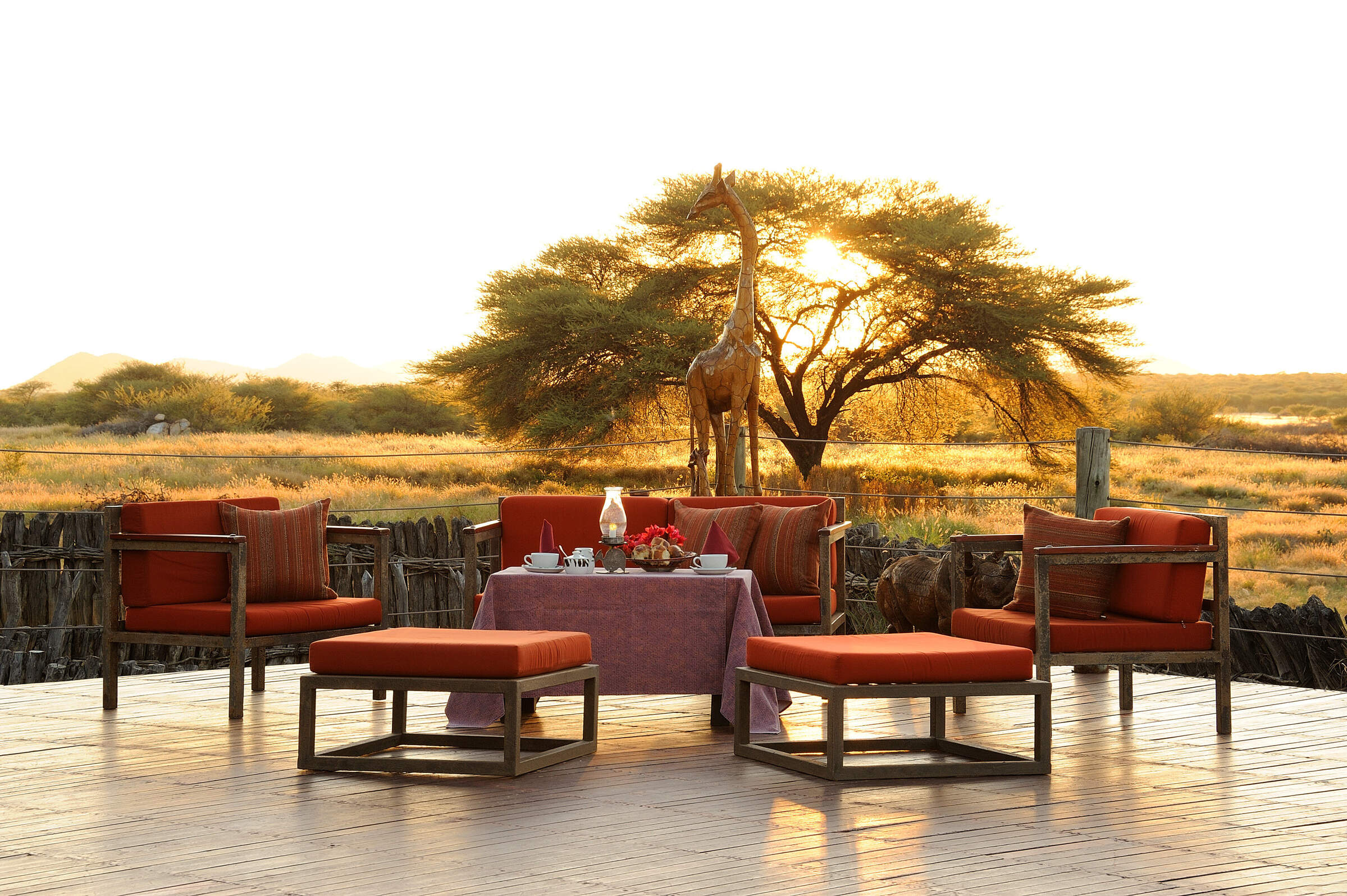
Frans Indongo Lodge
For a chance to spot some rare game species, Frans Indongo Lodge is an ideal stop over between Windhoek and the Etosha National Park.
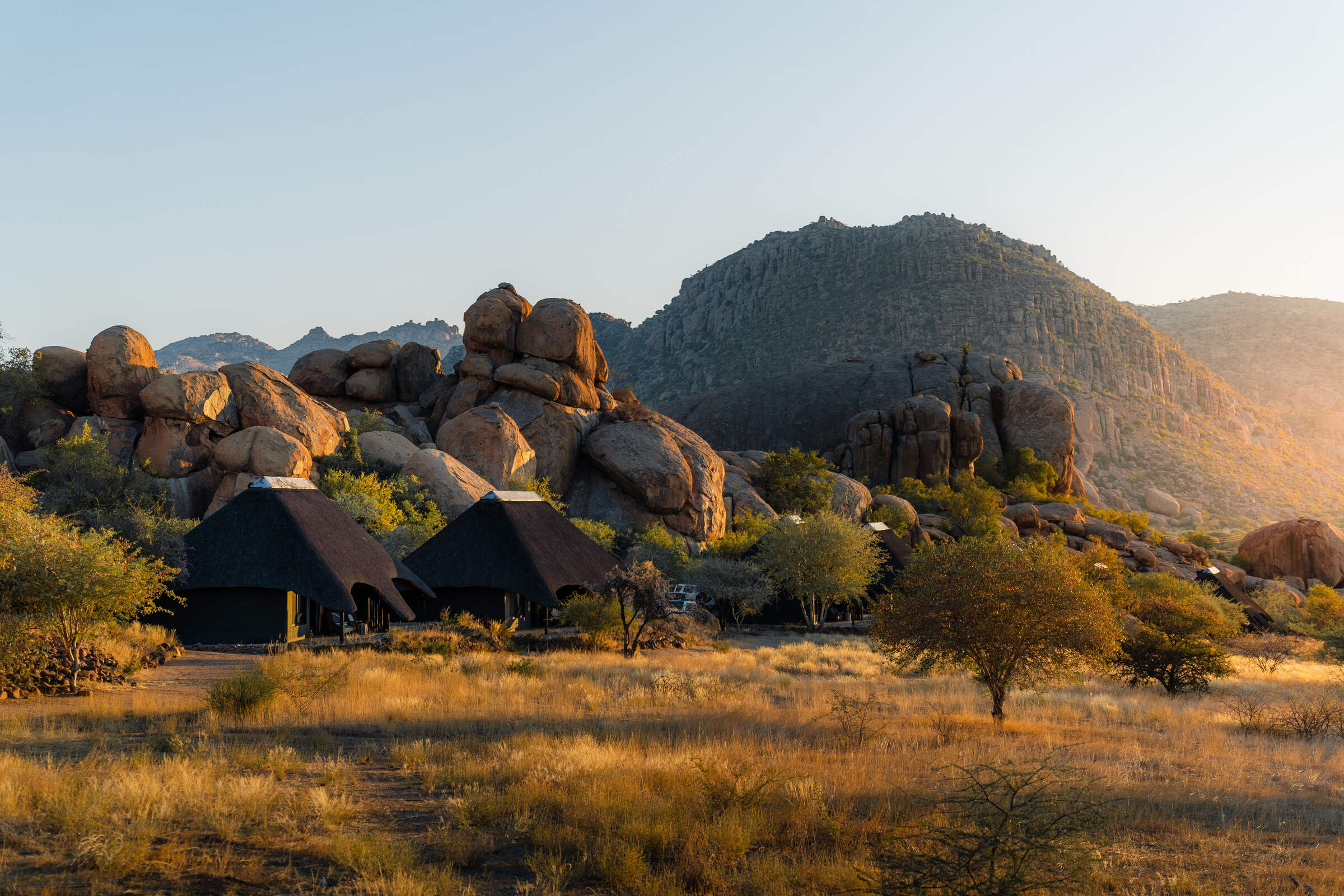
Ai Aiba Lodge
A convenient stop between Etosha and Windhoek,.Ai Aiba is a simple and relatively large lodge with plenty of great walking, and some spectacular San rock art.
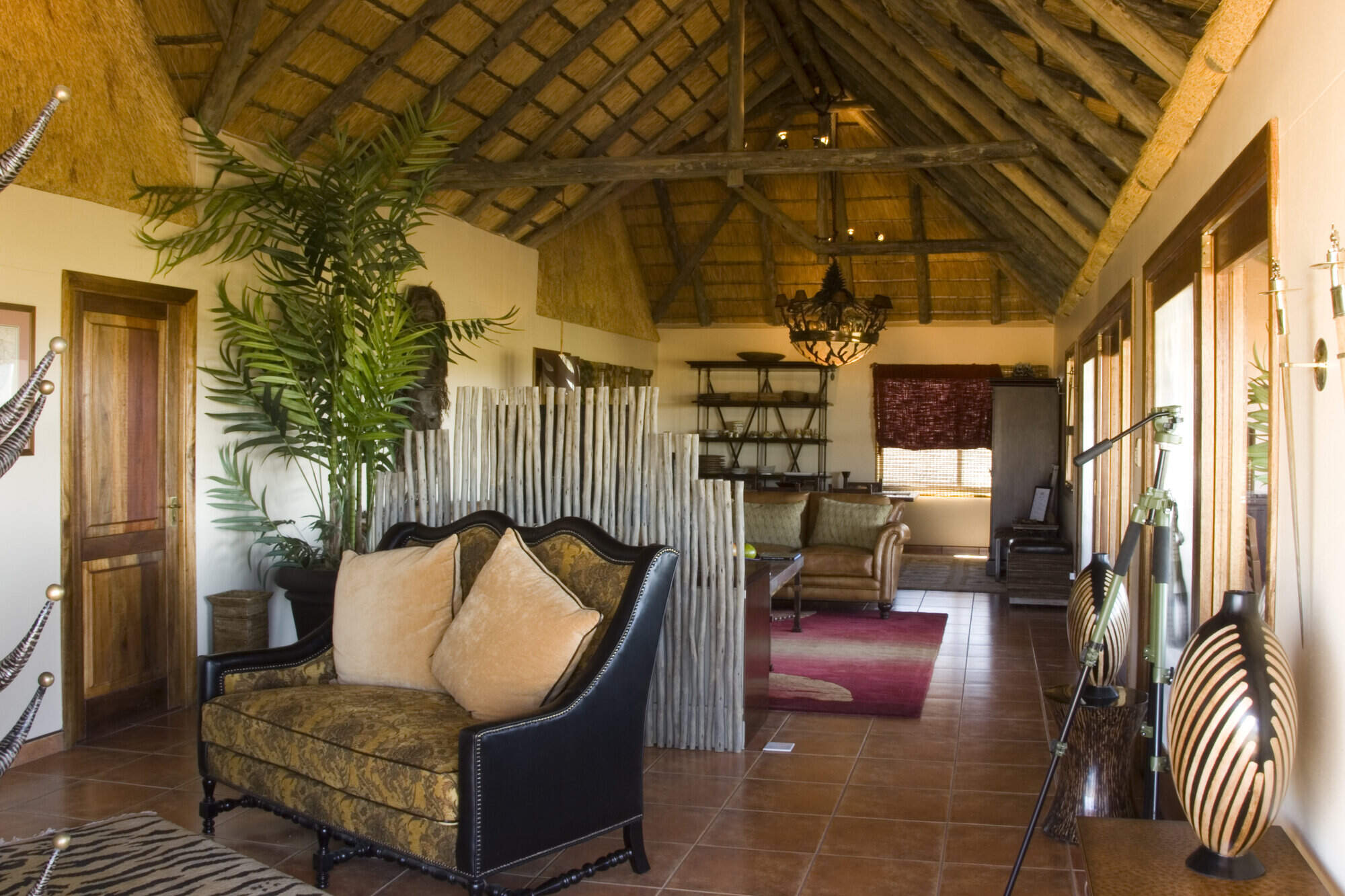
Cheetah View
Cheetah View Lodge offers guests the chance to see cheetahs at close range and to learn about the work of the Cheetah Conservation Fund.
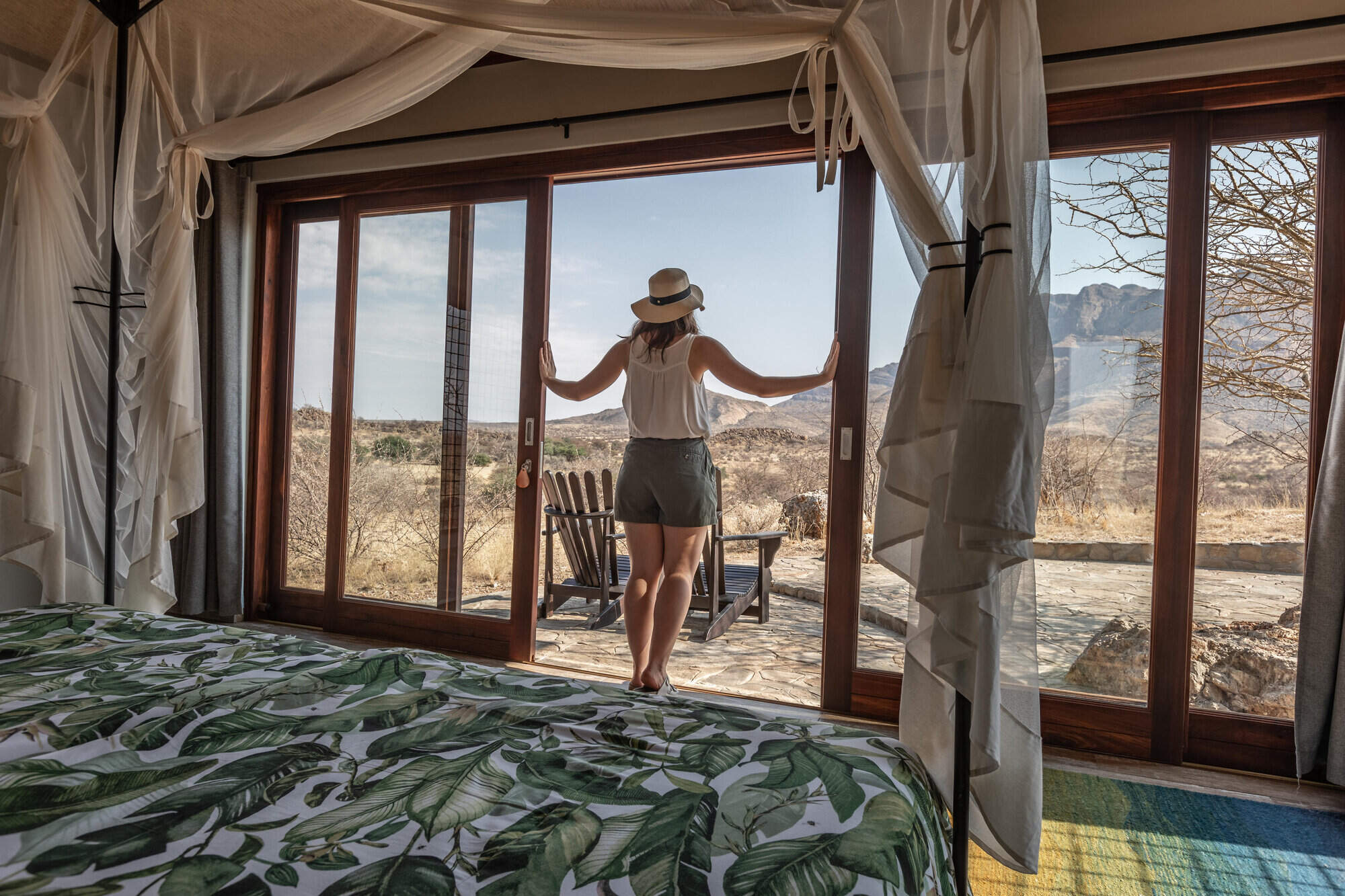
Hohenstein Lodge
Hohenstein Lodge is situated south of the Erongo Mountain Range. Each of its ten chalets has been built to make the most of the panoramic views.
When to go to Central Highlands
Our month by month guide: What it's like to visit Ghaub Guest Farm in Central Highlands
Jan
Feb
Mar
Apr
May
Jun
Jul
Aug
Sep
Oct
Nov
Dec
Central Highlands in January
The Central Highlands experiences the heart of the rainy season in January. The Erongo Mountains and Otavi Highlands see localised showers, creating a refreshing change in the landscape.
Days can be clear and warm, with temperatures around 30°C/86°F, while others bring spectacular thunderstorms. These rains can cause flash floods in ephemeral rivers, temporarily transforming the usually dry landscape. The greening environment makes a striking contrast, especially in the rocky terrains of Spitzkoppe and Brandberg.
Many birds in the region, including those in the Waterberg Plateau Park, are in full breeding plumage, and migrant species are abundant. Wildlife in areas like the AfriCat Foundation near Otjiwarongo may be more dispersed due to increased water availability, making sightings less predictable.
- Variable weather, hot with occasional rain
- Thunderstorms possible in the Erongo Mountains and surrounding areas
- Wildlife dispersed, harder to spot
- Birdlife spectacular in the Waterberg Plateau
- Fewer tourists, lower rates for accommodation
Our view
This is not a great time to visit
Weather in January
Central Highlands in February
February is typically the wettest month in the Central Highlands. The variation in weather is significant; areas like Okahandja and Otjiwarongo can experience heavy rains, while the Erongo Mountains might see more sporadic showers. Some days are clear and hot, while others bring cloudy skies and spectacular thunderstorms. These rains can make travel challenging, especially on unpaved roads to attractions like Spitzkoppe.
The landscape turns vibrantly green, particularly noticeable in the usually arid areas around Brandberg. This abundance of water and vegetation makes wildlife viewing in places like the Waterberg Plateau Park more challenging, as animals disperse widely. However, it's an excellent time for birdwatching, with many species raising their young and insects becoming more prevalent.
- Hot and humid with some rainfall
- Lush landscapes in Otavi Mountains
- Excellent birdwatching opportunities
- Wildlife viewing challenging but rewarding
- Few tourists, good deals on accommodation
Our view
This is not a great time to visit
Weather in February
Central Highlands in March
March usually sees the rains in the Central Highlands tapering off, and daily temperatures can spike to close to 40°C/104°F. The Erongo and Otavi Mountains may still experience occasional showers, but many days are clear with strong sunshine. Late afternoons might bring short, spectacular thunderstorms, particularly around higher elevations like Waterberg Plateau.
The landscapes across the region, from Okahandja to Otjiwarongo, are often at their most vivid green. This abundance of vegetation can make wildlife spotting more challenging in areas like the AfriCat Foundation, as animals have plenty of cover. However, it's an excellent time for hiking in the Erongo Mountains or exploring the rock art at Brandberg – though it’s recommended to hike in the early mornings to avoid the soaring temperatures and last of the summer storms in the afternoons.
Many birds and animals are finishing raising their young, making it an interesting time for nature observation.
- Less rainfall, though humid and hot
- Erongo Mountains ideal for hiking
- Animals well-fed after months of plentiful rainfall
- Migratory birds begin to depart
- Few tourists visit during March, so rates often low
Our view
A good time to visit, with pros & cons
Weather in March
Central Highlands in April
April in the Central Highlands central Namibia is dominated by dry weather, with decreasing chances of rain. Temperatures in areas like Okahandja and Otjiwarongo start to fall towards the end of the month, making daytime conditions pleasant for outdoor activities. The nights might have a slight chill, especially in higher areas like the Erongo Mountains.
The landscape remains verdant from the recent rains, creating beautiful scenery around attractions like Spitzkoppe and Brandberg. This is an excellent time for photography, with clear air and spectacular landscapes. Wildlife viewing at places like the AfriCat Foundation or Waterberg Plateau Park can be rewarding, with animals in great condition after the rainy season. However, finding big game can still be challenging as water remains widely available.
April offers good value for tourists, with many lodges still charging low-season rates.
- Cooler nights, pleasant daytime temperatures
- Easter brings a slight increase in visitors
- Wildlife more visible as vegetation thins
- Fresh air and green landscapes
- Great time for photography in Spitzkoppe
Our view
A good time to visit, with pros & cons
Weather in April
Central Highlands in May
By May, central Namibia starts drying out rapidly. Days are typically warm with crisp, clear mornings and blue skies. Evenings are cool, with temperatures potentially dropping below 10°C/50°F overnight. If the rains have been good, areas like the Erongo Mountains and Otavi Highlands remain green, but wildlife starts to concentrate around permanent water sources.
The air quality and clarity in the region can be amazing, making this an ideal month for photography at iconic locations like Spitzkoppe or Brandberg. This is an excellent time for hiking in the Erongo Mountains or exploring the Waterberg Plateau, with comfortable temperatures and increasingly good wildlife sightings.
Many lodges in the area still offer low-season prices, making May a great value month for visiting the area.
- Dry, warm days and cool nights
- Landscapes transition from green to gold
- Excellent visibility for wildlife viewing
- Moderate rates as high season approaches
Our view
A very good time to visit
Weather in May
Central Highlands in June
June brings dry conditions. Skies are blue and largely cloudless over areas like Okahandja and Otjiwarongo. Days are lovely and warm, but nights can be cold, sometimes approaching freezing in exposed areas like Spitzkoppe. Visitors should pack warm clothing for early morning activities, such as game drives at the AfriCat Foundation.
Wildlife viewing in the region, especially around Waterberg Plateau Park, follows dry-season patterns with animals congregating around water sources. The clear air makes this an excellent time for photographers to capture the dramatic landscapes of the Erongo Mountains or Brandberg.
Historically, June has offered lower rates, but with increasing popularity, some lodges now consider it part of their high season, so early booking is advisable.
- Clear, crisp days and cold nights
- Erongo Conservancy offers great game drives
- Stargazing opportunities in the Brandberg area
- Wildlife concentrates around water sources
- Moderate lodge rates, increasing number of visitors
Our view
A very good time to visit
Weather in June
Central Highlands in July
July in the Central Highlands offers reliably warm daytime temperatures above 20°C/68°F and excellent wildlife viewing opportunities. Rain is extremely rare, and clear skies provide perfect conditions for stargazing in areas like the Erongo Mountains. However, the occasional cold front can pass over the area, and nights can be very cold, potentially dipping below freezing in exposed areas like Spitzkoppe. Visitors should dress in layers and be prepared for chilly mornings and evenings.
As vegetation becomes sparse, game concentrates around water sources, making this an ideal time for wildlife viewing at places like the AfriCat Foundation near Otjiwarongo, or Waterberg Plateau Park. The dry conditions also make this a great time for hiking and rock climbing activities in the region.
Lodges typically charge high-season rates, and popular spots can book up well in advance.
- Dry days, cold nights in the Central Highlands
- Peak season for wildlife viewing begins
- European holidays bring more family travellers
- Higher rates, advanced bookings necessary
- Excellent time for hiking in Waterberg
Our view
A very good time to visit
Weather in July
Central Highlands in August
August marks the height of winter in the Central Highlands. Expect cloudless skies and warm sun during the day, but nights can drop to freezing in exposed areas like Spitzkoppe or the Erongo Mountains. Visitors should bring warm clothes for chilly mornings and evenings, especially for activities like early game drives.
The landscape is at its driest, with golden-brown vegetation dominating. This makes wildlife viewing excellent, particularly in areas like Waterberg Plateau Park or the AfriCat Foundation near Otjiwarongo, as animals congregate around remaining water sources.
August is one of the most popular times to visit the Central Highlands, especially for families. Attractions like Brandberg's rock art sites or hiking trails in the Erongo Mountains are particularly appealing in the cooler weather. Early booking is essential for the best lodges.
- Warm days in the sun, very cold nights
- Spectacular stargazing in Erongo Mountains
- Wildlife viewing at its best in the region
- Peak season rates, limited availability
Our view
Fantastic: the very best time to visit
Weather in August
Central Highlands in September
September in the Central HighlandsCentral Highlands brings blue, cloudless skies and fantastic wildlife viewing opportunities. Rain is almost unheard of, and as the month progresses, both days and nights get warmer. Daytime temperatures in areas like Okahandja and Otjiwarongo can reach the low 30s °C/80s °F .
The air becomes dustier, which can create hazy conditions for photographers capturing the dramatic landscapes of Spitzkoppe or the Erongo Mountains. Wildlife viewing is at its peak, with animals congregating around remaining water sources. This makes September an excellent time to visit places like the AfriCat Foundation or Waterberg Plateau Park.
It's one of the most popular months for visitors, especially safari enthusiasts, and lodges charge high-season rates. Early booking is advisable for prime locations.
- Warm days, temperatures rising steadily
- Landscapes golden brown, great for photos
- Excellent month for wildlife observation
- High season rates, book well in advance
- Himba cultural tours available near Opuwo
Our view
Fantastic: the very best time to visit
Weather in September
Central Highlands in October
October is typically the hottest and driest month in the Central Highlands. Temperatures build throughout the month, with daily highs potentially exceeding 40°C/104°F in areas like Okahandja and Otjiwarongo. Despite the heat, the low humidity makes conditions bearable.
This is the peak of the dry season, making it an excellent time for wildlife viewing in places like Waterberg Plateau Park or the AfriCat Foundation, as animals gather around scarce water sources. However, dust and occasional smoke can make the air hazy, challenging for photographers. The Erongo Mountains and Spitzkoppe offer dramatic, parched landscapes.
October is popular among wildlife enthusiasts and commands peak-season prices. Towards the end of the month, visitor numbers may decrease slightly, offering a window for last-minute bookings.
- Hot and dry throughout Central Highlands
- Prime time for game viewing in reserves
- Waterberg Plateau offers scenic hikes
- Peak rates, limited availability at lodges
- Spitzkoppe ideal for rock art enthusiasts
Our view
A very good time to visit
Weather in October
Central Highlands in November
November in the Central Highlands can be unpredictable. Mornings are often hot and cloudless, but afternoons may bring cloud cover and cooler temperatures. Areas like Okahandja and Otjiwarongo might experience spectacular late-afternoon thunderstorms as humidity builds. These storms are typically localised and may be absent from more arid areas like Spitzkoppe. Places receiving good rain, such as the Erongo Mountains, quickly turn green, bringing a sense of renewal to the landscape.
This is an exciting time for wildlife, with many mammals giving birth. Once rains arrive, wildlife in areas like Waterberg Plateau Park becomes more dispersed, making game viewing more challenging. However, November is excellent for birdwatchers, with migrant species arriving in breeding plumage, especially noticeable in the diverse habitats of the Central Highlands.
- Variable weather, possible early rains
- New vegetation growth begins if it rains
- Wildlife viewing good in Erongo region
- Shoulder season, rates become more moderate
- Bird watching excellent as migrants return
Our view
A good time to visit, with pros & cons
Weather in November
Central Highlands in December
December marks the start of the rainy season in the Central Highlands and is one of the hottest months. In areas like Okahandja and Otjiwarongo, clear mornings often give way to building clouds and occasional spectacular thunderstorms. These rains are generally welcomed, refreshing the parched landscapes of places like the Erongo Mountains and Spitzkoppe. Even short showers can trigger a rapid greening, providing food for young animals.
Wildlife tends to disperse widely, which can make game viewing at locations like the AfriCat Foundation or Waterberg Plateau Park more challenging. However, many birds are breeding, sporting their most colourful plumage.
The holiday season can make popular attractions and accommodation options busy, especially in cooler areas like the Erongo Mountains. Visitors should book well in advance and be prepared for potential weather-related changes to their plans.
- Hot with possibility of rain showers
- Landscapes green where rain has fallen
- Otavi Mountains offer scenic game drives
- Best time for birding enthusiasts
- Holiday season brings more local tourists
Our view
This is not a great time to visit
Weather in December

Looking for inspiration on where to travel next?
Visit our trip chooser to explore your options and find inspiration for your perfect African adventure
Inspire me